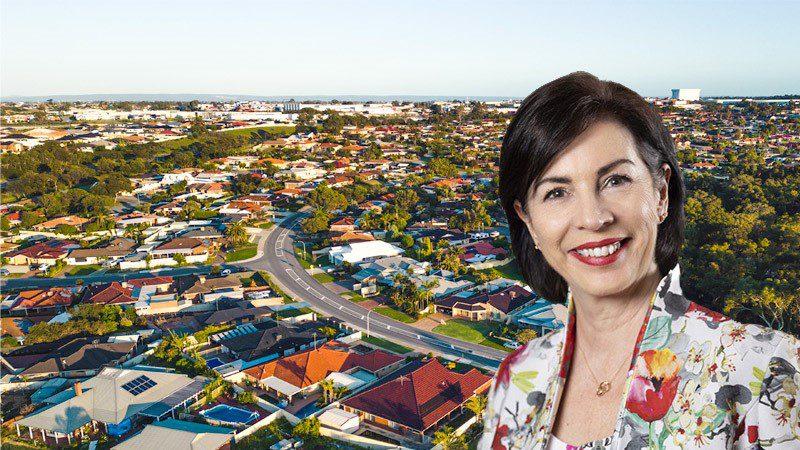- 20 Jan 2025

As property watchers map out their 2025 real estate strategies, API Magazine sought the exclusive views of one of Australia’s most prominent real estate figures to gauge what forces will shape the market over the next 12 months.
Leanne Pilkington, President, Real Institute of Australia (REIA), has exclusively shared her insight into what she regards as the top ten factors that will shape the property market over the next 12 months.
These ten variables will determine not only how the market performs and thereby guide property investor decision making, but they will also do much to shape our economy and society.
1. Federal election
The housing crisis will dominate political platforms in the lead-up to the federal election. With housing being a critical issue for Australians, major parties, minor parties and independents must present robust housing policies to address this national challenge effectively.
Further reading: Housing centre stage at all levels of government but is that alleviating the crisis?
2. Supply, supply, supply
Housing supply will remain a key concern, heavily influenced by the outcomes of the federal election.
Further reading: Buyers wrest back control as new listings hit decade-high level
3. Sustainable, energy-efficient homes
From energy efficiency disclosure at the point of sale to improving rental property standards, sustainability will continue shaping housing policy and Australia’s progress toward environmental targets.
Further reading: Environmentally friendly homes now making financial sense for investors
4. Interest rates
Market trends suggest the possibility of a rate cut at the Reserve Bank of Australia’s 18 February meeting, potentially easing pressure on borrowers and stimulating buyer activity. The market is anticipating more than one rate cut this year.
Further reading: Strong jobs numbers muddy the waters around potential rate cut
5. Rental market
With limited supply and growing demand driven by population increases, rental prices are set to rise further in 2025. However, policies like rent freezes or caps could discourage private investment, exacerbating affordability issues. The change in taxes and also legislation has seen investors exit states like NSW and Victoria with many of them looking to other states, impacting supply and therefore affordability in those states.
Further reading: Rental market levelling out for first time in seven years

Source: PropTrack
6. Build-to-rent
Following the passage of build-to-rent legislation in late 2024, this sector is expected to gain momentum, introducing new supply to the rental market and easing some pressure. Limited numbers will mean the impact is not huge, and much of it will not be affordable.
Further reading: Could housing crisis solution be sitting on the sidelines?
7. Construction costs and completions
As construction costs stabilise and demand from pandemic-era incentives wanes, building completions are likely to help address supply shortages. However, builders will continue facing challenges from fixed-price contracts with tight margins and also a lack of tradies. The industry has not been helped by residential construction costs growing 3.4 per cent over the 12 months to December 2024.
Further reading: Can Australia’s construction sector cope with expected global turbulence?
8. Mortgage stress
Despite a potential rate cut in February, high interest rates and record-low housing affordability will keep many homeowners under financial strain.
Further reading: Mortgage repayments chomping away at half of household income

9. Shared equity
The Commonwealth’s Help to Buy scheme and emerging private shared equity programs will be ones to watch in 2025. Uptake of these initiatives will provide insights into their impact on housing affordability.
Further reading: Greens’ support of housing bills ends major political showdown
10. Negative gearing and capital gains tax settings
Both major parties remain committed to the current tax settings, despite pressure from The Greens to reform policies around negative gearing and capital gains tax. History demonstrates that changes to these policies can deter private investors, reducing rental stock and worsening supply issues. Australia’s family investors contribute approximately $3 trillion worth of rental housing—a gap no government could feasibly fill if investors exit the market.
Further reading: Negative gearing: the myths, facts and what investors need to know
